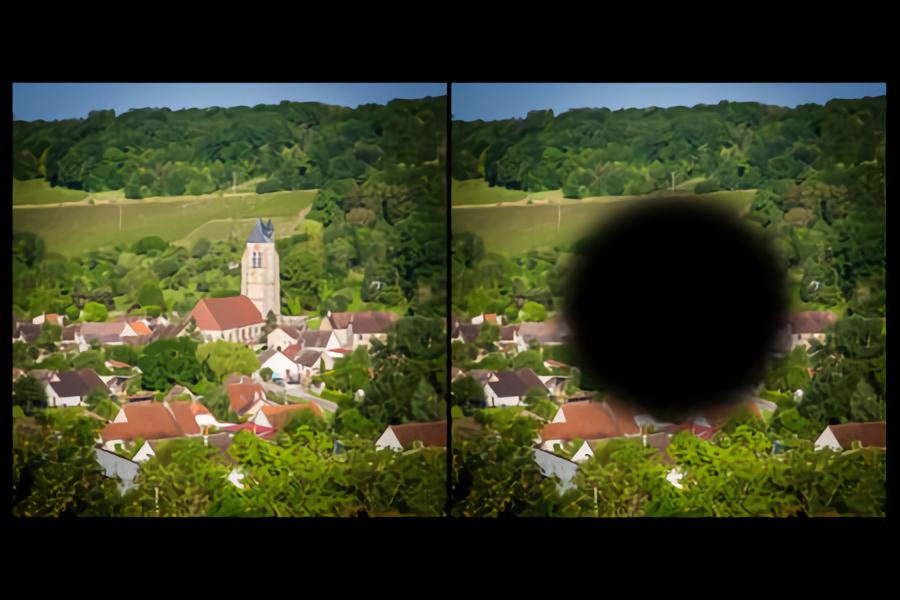Share This Article
Age-related macular degeneration is an eye-condition that is very common. Sometimes, it is referred to as AMD (short for age-related macular degeneration). The condition usually affects people in their 50s and 60s but can also affect younger and older adults. Contrary to popular belief, it doesn’t cause complete vision loss, but it can impact your day-to-day life, especially when it comes to reading books, magazines or the newspaper. Many people with the condition also find it difficult to recognise other faces.
Dry and Wet Age-Related Macular Degeneration
Having said all of the above, if you suffer with age-related macular degeneration you do need to see your medical practitioner, GP, or doctor as without treatment, the condition can worsen. While it normally takes a few years to worsen, in severe cases, it can develop very quickly.
Dry and Wet AMD
There are two types of age-related macular degeneration conditions, Dry AMD and Wet AMD. The condition is also linked to high blood pressure, obesity, smoking and a family history of age-related macular degeneration.
Symptoms of Age-Related Macular Degeneration
The condition affects the central area of your vision rather than your peripheral vision (which relates to the edges of your vision). You can get age-related macular degeneration in one eye or both eyes. Symptoms are as follows (more here: https://www.hopkinsmedicine.org/health/conditions-and-diseases/agerelated-macular-degeneration-amd):

- Distortion in your vision.
- A blurred area.
- Wavy lines or crooked lines.
- Items you look at appearing smaller than they are.
- Reduction in brightness of colours.
- Hallucination.
It can affect reading, watching TV, driving, face recognition and more. As it worsens, you may not be able to see anything in the middle of your eye, however, it is not painful, and your eye’s appearance looks as normal. It’s also possible that during the early stages, the condition doesn’t have any symptoms and is only picked up during an eye examination.
Diagnosing AMD
An optometrist will assess your eyes using a magnifying glass with a light attached. This gives them a view of the back of the eye. They will also assess your vision and possibly place drops in your eye which dilates the eyes so they can easily see if there are problems. You cannot drive for 24 hours after this examination as your vision will be blurred.
Treating Age-Related Macular Degeneration
There’s no treatment for Dry AMD but visual aids can help you live with it comfortably. If you have Wet AMD, you will need regular eye injections to stop your condition worsening. The injections are usually very successful and take place every 1, 2 or three months for as long as you need them.
Before injecting, your eye or eyes will be anaesthetised to prevent discomfort. There are risks of small side effects such as bleeding in the eye, feeling as if there is a foreign object in the eye, redness, and eye irritation but these dissipate within a few hours.
Sometimes, you might have to have photodynamic therapy which is a light treatment that prevents your vision from deteriorating further. This is when a light is shined into the back of the eye to destroy the abnormal blood vessels. The procedure is usually repeated every few months and side effects include eyesight problems (temporary) and sensitivity to light. The sensitivity usually disappears within a few days or a couple of weeks at the most.
If you suspect you have age-related macular degeneration, it is best to visit your GP or medical practitioner and get referred to an optometrist for further investigation and treatment. Never leave any vision problems untreated.

